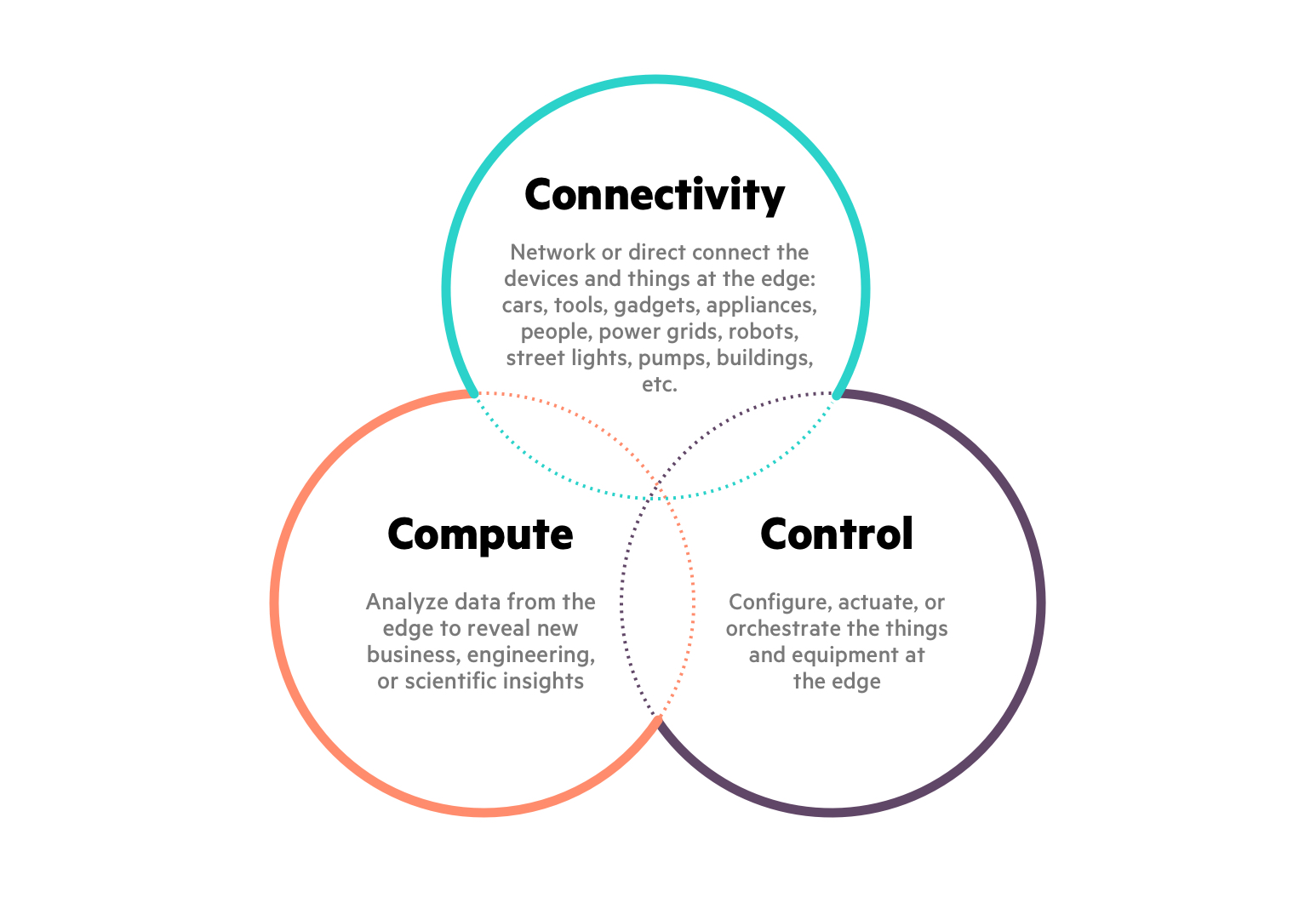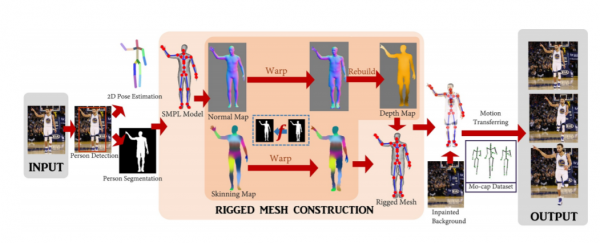Digital transformation: Are your people just paying lip service?

The biggest mistake a company can make in digital transformation is starting the transformation journey without first getting the necessary commitment and support. Senior leaders and business stakeholders must commit to rethink and change organizational boundaries, policies, processes, talent and organizational structure as necessary to achieve the strategic intent or vision. If they’re not committed to doing that, the digital transformation effort will fail. Unfortunately, many companies get only lip service from leaders rather than long-term commitment to change. Company leaders can have a great meeting and talk about the need for change and a digital environment to create new competitive positioning, but not get real commitment to change. If your company starts down the path of trying to enable change, without that real commitment, you will face a high risk of pushback and debilitating, passive-aggressive behavior from managers and employees trying to maintain the status quo. The status quo – the existing business model or operating model and efforts to sustain it – represents the most formidable obstacle in your company’s path to digital transformation.
Machine vision can create Harry Potter–style photos for muggles
The code needs to see a head-to-toe cutout of a body seem from the front. It can handle some types of occlusion, such as an arm in front of the body, but cannot handle more complex occlusions, such as somebody sitting with legs crossed. Even still, mapping the cutout from a photograph onto a 3D skeleton does not produce realistic animations. That’s where Weng and co come in. Their main achievement is to develop a way to warp the 2D cutout in a way that creates a realistic 3D model of the body. “Our key technical contribution, then, is a method for constructing an animatable 3D model that matches the silhouette in a single photo,” they say. In the past, computer scientists have tried to solve this problem by deforming a three-dimensional body-shaped mesh to reflect the 2D cutout. That does not always work well, so Weng and co try a different approach. Their idea is to map the body-shaped mesh into 2D space and then align it with the 2D cutout using a warping algorithm.
Data Pipelines of Tomorrow

To grow to scale, data pipeline owners may need to make a few decisions about the data that they store at rest. In the future, the quantity of data generated even within a system will likely outgrow the capacity to store it all. Thus, data engineers of the future will need to consider the following questions: Which data is to remain volatile (in memory only) and temporary?; Which data is kept persistent and stored somewhere? For the data that is stored, a pipeline's storage capacity will need to massively autoscale, while handling increasingly ambiguous formats. This is explains why we now see data pipelines with several different kinds of data stores running side by side. Elasticsearch, for example, works great for storing unstructured (or semi-structured) text-based data, and might be run alongside Redis where super-fast lookups are needed, or a distributed database containing a ledger. ... On a similar note, we predict that the latency of access to data stores — and the time it takes to run queries — will continue to shrink.
How Do You Know If a Graph Database Solves the Problem?

If you have transactional data and do not care how it relates or connects to other transactions, people, etc, then graph is probably not the solution. There are cases where a technology simply stores data, and analysis of the connections and meanings among it is not important. You might have queries that rely on sequentially-indexed data (next record stored next to previous one in storage), rather than relationship-indexed data (record is stored nearest those it is related to). Searching for individual pieces of data or even a list of items also points to other solutions, as it is not interested in the context of that data. Overall, graph solutions will focus and provide the most value from data that is highly-connected and analysis that is looking for possible connections. If this doesn’t fit your use case, another kind of technology may suit it better. ... If you have constant, unchanging types of data that you are collecting, then graph may not be the most appropriate solution. Graphs are well-suited to storing any or all elements and can easily adapt to changing business and data capture needs.
Transparency Is Key to Building Trust in Business
Good governance is critical to building transparency and trust inside and outside an organization. For example, in Australia, the Royal Commission into Misconduct in the Banking, Superannuation and Financial Services Industry, which was established in late 2017, received more than 10,000 submissions, and its findings have revealed widespread misconduct in the sector. Better oversight is clearly necessary and would go a long way in rebuilding consumer trust. But transparent reporting is only a prerequisite for effective board engagement on this and other such issues. It’s also important for the board to engage in robust debate and, when appropriate, challenge the CEO and other leaders, the decisions they make, and the outcomes. CEOs need to think about the imperative for better oversight as a positive development — good governance promotes a healthy organization, and a healthy organization is one that people have confidence in.
Preparing millennials for the age of automation

Given the interplay of all these factors, it is difficult to make predictions, but possible to develop scenarios. Our analysis suggests that in India the growth in demand for work, barring extreme scenarios, could more than offset the number of jobs lost to automation. On jobs lost, we find that some 9% of India’s current work activity hours could be automated by 2030 in a “midpoint” automation adoption scenario, and up to 19% in the “rapid” adoption scenario. But, India can, in fact, create enough new jobs to offset automation and employ new entrants, if it undertakes the investments required. Most occupational categories have the potential to grow as India’s economy expands. As many as 100 million new jobs could be created for Indians—net of automation—if the country’s rising prosperity creates demand for construction, retail, and healthcare and education services, and therefore, jobs.
Artificial intelligence, machine learning momentum continues to build
The report digs into mentions of ML and AI in Canadian and UK parliaments, as well as mentions in the US Congressional Record. From 1995 to 2015, there were less than 25 mentions of the technology each year in US Congress. In 2018 there were 100 mentions. In the UK, the technologies were barely mentioned until 2015, while in 2018 mentions skyrocketed to nearly 300. The report also tracks human-level performance milestones of AI. In 1997 IBM's DeepBlue beat chess champion Gary Kasparov, and in 2011 IBM Watson won Jeopardy. By 2016, Google DeepMind's AlphaGo beat leading Go player Lee Sedol. This year, a DeepMind agent reached human level performance in 3D multiplayer first person game, Quake III Arena Capture the Flag. Notably absent from the report is any analysis of military use of AI and government spending on the technology. As noted by UNSW Sydney AI researcher Toby Walsh, some governments including the UK, France, and Germany have committed billions to AI.
The Intelligent Edge: What it is, what it’s not, and why it’s useful

Now consider how an employee with a smartphone app entering a large office building or campus with wireless location services can find a conference room, printer, or people without asking directions. This immediate insight into where the employee resides in relation to these other connected things greatly enhances the experience in this smart building. It's very similar to the retail shopping experience offered by many large retailers, where customers can access turn-by-turn directions on their phones to locate products, figure out what's on sale, or find the restroom. The media and telecom industries face growing distribution pressures from increased video resolution, new formats, expanding bandwidth, and the need for better security and reliability. As a result, telecom service providers are placing sophisticated compute and control systems in businesses and homes. These distributed intelligent edges make the services more competitive and improve customer experiences.
Ethereum thinks it can change the world. It’s running out of time to prove it.
Ethereum is already the most famous cryptocurrency after Bitcoin and the third largest in total value. Unlike the others, however, it aims to serve as a general-purpose computing platform that could, its adherents believe, make possible entirely new forms of social organization. The central topic of Devcon is “Ethereum 2.0,” a radical upgrade that would finally allow the network to realize its true power. The nagging truth, though, is that all the positivity in Prague masks daunting questions about Ethereum’s future. The handful of idealistic researchers, developers, and administrators in charge of maintaining its software are under increasing pressure to overcome technical limitations that stymie the network’s growth. At the same time, well-funded competitors have emerged, claiming that their blockchains perform better. Crackdowns by regulators, and a growing understanding of how far most blockchain applications are from being ready for prime time, have scared many cryptocurrency investors away
APT10 Indictments Show Expansion of MSP Targeting, Cloud Hopper Campaign
The allegations are not new but are almost certain to put further pressure on the already strained relationship between the US and China. The Washington Post last week, in fact, had described the then forthcoming indictments as part of an intensifying US campaign to confront China over the economic espionage activities. Planned actions include sanctions against individuals responsible for the activities and declassification of information related to the breaches. How far such measures will go to deter China remains an open question. Though China famously signed an agreement with the US in 2015 promising not to engage in cyber activities for economic espionage, there's no evidence that hacking activity out of the country has even abated, far less stopped. Dave Weinstein, vice president of threat research at Claroty, sees the latest actions as yet another example of the effort law enforcement is putting into investigating and holding accountable those responsible for such attacks.
Quote for the day:
"What you do makes a difference, and you have to decide what kind of difference you want to make." -- Jane Goodall

No comments:
Post a Comment